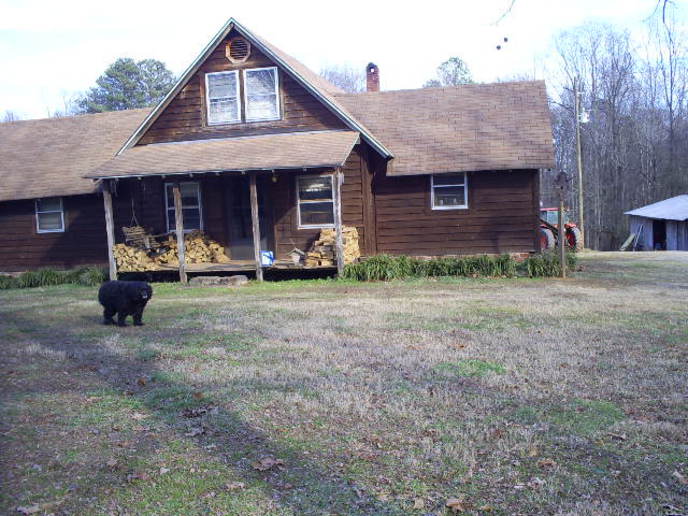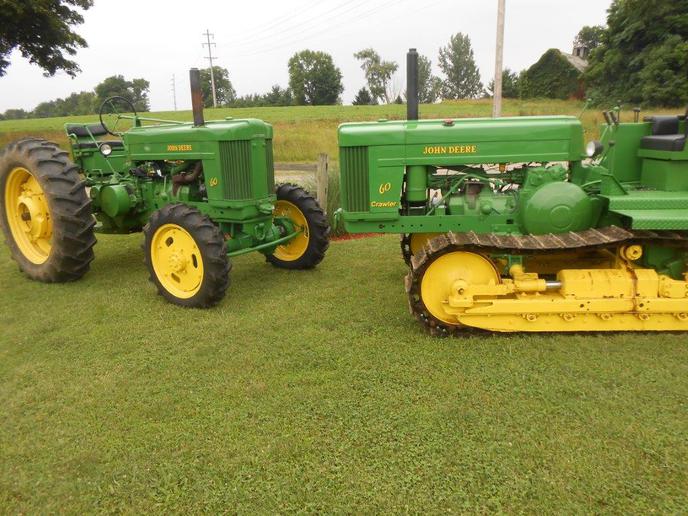I can visualize something if I put the materials in front of me, kind of like what Loren does in the office chair and the barley pop. From there it does depend on what it is, whether I'll need to make a drawing, make some notes and write pertinent details down.
I think for good perception, I need to see it in some form or other, so either take some material and lay them out, or make a neat sketch, with details, dimensions and layout, again, depending on what it is.
Ideally, I do prefer a good detailed, neatly drawn sketch, even if by hand on graph paper. One reason is I can work the numbers back and forth, shake out any conflicts or mistakes, before building. Thats not to say something will get by you every so often, sites like these are great for posting things like this and seeing what others may see that you don't. I did that not long ago with my 3 pt pallet forks build. Given hole spacing, and the geometry involved with a Cat 2 implement, it was a wise decision to make some fabrication sketches, review and then start building. I like that because I have something to reference later. In '12 I installed new shins, shares and landsides on my 101 ford 2 bottom plow. During "demolition" or what you call it when cutting off the old rusty bolts, I detailed what was removed, made a material list and checked it twice. It paid off, I got the material order correct the first time, I now have my list to refer to, and although I put anti-seize on heavily, should not need to cut them off again, the list and the invoice from the local temco dealer will make this task so much easier next time.
Having a construction background, drawings sketches and details on paper are something you deal with daily, as you can't possibly remember everything on larger jobs, 2 I can recall had 800 design drawings along, let alone the subcontractor submitted for approval shop/fabrication drawings. Even on a small scale, while I remember some things in high detail, dates, time etc. almost like a photographic memory, be it age or what now, its best to get something on paper to work with.
If you said hey, go build me a set of sawhorses, well no, that's easy enough from my head,, but if it was a picnic table or something with more substance, that I have not built before, I may still make some kind of sketch, all depends on what it is. I'll still refer to a handbook for carpentry at times, more so if I have not done the specific task very often. I can do stair stringers easily, just work out the numbers with a calculator, check the deck to deck heights making the end cuts before cutting all the steps out, but ask me to cut a rafter, I'll have to think more about it, make sure the angles work, cuts are correct etc, some can do those in their head. We are all wired a bit different, that is a given, funny how with all the different ways, the end results are usually very much the same.




